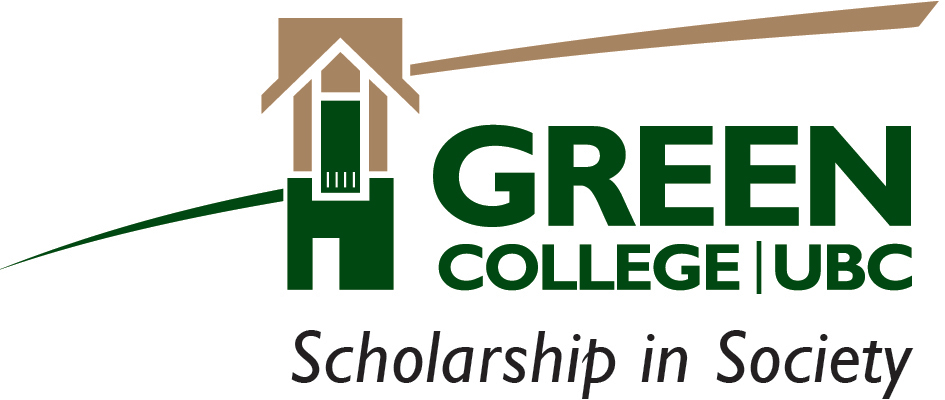Lighten Our Darkness: Light, Space and Mosaics
-
Liz James, History of Art, University of Sussex
Coach House, Green College, UBC, and livestreamed
Thursday, January 26, 5-6:30pm, with reception to followin the series
Ways of Seeing Byzantine Art and Material Culture | Cecil H. and Ida Green Visiting Professor -
This talk looks at Byzantine wall mosaics in their physical settings. Mosaics are not pictures like pictures in an art gallery, front-on and static. Rather, they are located high on church walls, often on curved surfaces, where they pick up and reflect light in a myriad of ways. They have an intimate relationship with the building they are in: the shape of a church and the surfaces available for a mosaic affect its appearance in significant ways. Liz James will focus on the way in which light, colour and mosaics can interact, including how a mosaic can change in its appearance as the light around it changes so that some details stand out and colours shift in tone and intensity. In this context, she will highlight some of the technical tricks and devices used by mosaicists to achieve their effects. It has been suggested that mosaics are a wallpaper, a background, to what happened in a Byzantine church, but Liz will argue that they were and are much more than this, and so will demonstrate some of the ways in which mosaics are more than wallpaper, including in their interactions with the spaces of a church, and their role in translating a space (the church building) into a place for worship.
 Liz James is a Professor of History of Art at the University of Sussex and a Byzantine art historian with a fascination for mosaics and a trainspotter mentality. She has a bucket list of medieval mosaics that she’d like to see. She has written on mosaics in the medieval world, on light and colour, on the relationships between art and texts, and on gender (her motto is “I have no particular talent; I am merely extremely inquisitive.”) At the moment, Liz James is particularly interested in two issues: what makes a good mosaic; and what were mosaics for? In addition to numerous chapters and articles, Liz has published eight books, the most recent being Constantine of Rhodes, On Constantinople and the Church of the Holy Apostles (2017) and Mosaics in the Medieval World: From Late Antiquity to the Fifteenth Century (2017).
Liz James is a Professor of History of Art at the University of Sussex and a Byzantine art historian with a fascination for mosaics and a trainspotter mentality. She has a bucket list of medieval mosaics that she’d like to see. She has written on mosaics in the medieval world, on light and colour, on the relationships between art and texts, and on gender (her motto is “I have no particular talent; I am merely extremely inquisitive.”) At the moment, Liz James is particularly interested in two issues: what makes a good mosaic; and what were mosaics for? In addition to numerous chapters and articles, Liz has published eight books, the most recent being Constantine of Rhodes, On Constantinople and the Church of the Holy Apostles (2017) and Mosaics in the Medieval World: From Late Antiquity to the Fifteenth Century (2017).

What can we learn from the study of a distant premodern culture today? Where does the Roman polity that we call Byzantium stand within the wider medieval world, and how does its place in our imagination shape the way we study Byzantine monuments, objects and sites? This lecture series provides a venue for presenting cutting-edge and innovative research by scholars of Byzantine art, archaeology and material culture. In particular, it seeks to contribute to wider discussions across UBC, SFU, the academic community and the wider public about the cultural heritage and the underrepresented cultures of the medieval world before the age of European colonialism. Given the recent turn towards the Global Middle Ages in medieval studies, we have invited scholars who examine Byzantium and its material culture in an international context and acknowledge the necessity of placing the Byzantine in dialogue with other premodern societies in and beyond the Mediterranean.
This academic year, Green College brings together exciting and important voices in the field of Byzantine studies to showcase the rich variety of disciplinary approaches in the field and to engage critically with a diverse range of topics.
This series is co-hosted with the SFN Centre for Hellenic Studies at Simon Fraser University.

-
Unless otherwise noted, all of our lectures are free to attend and do not require registration.
6201 Cecil Green Park Rd
Green College, UBC
Vancouver, BC V6T 1Z1
Canada
Custom Lecture Fields
|